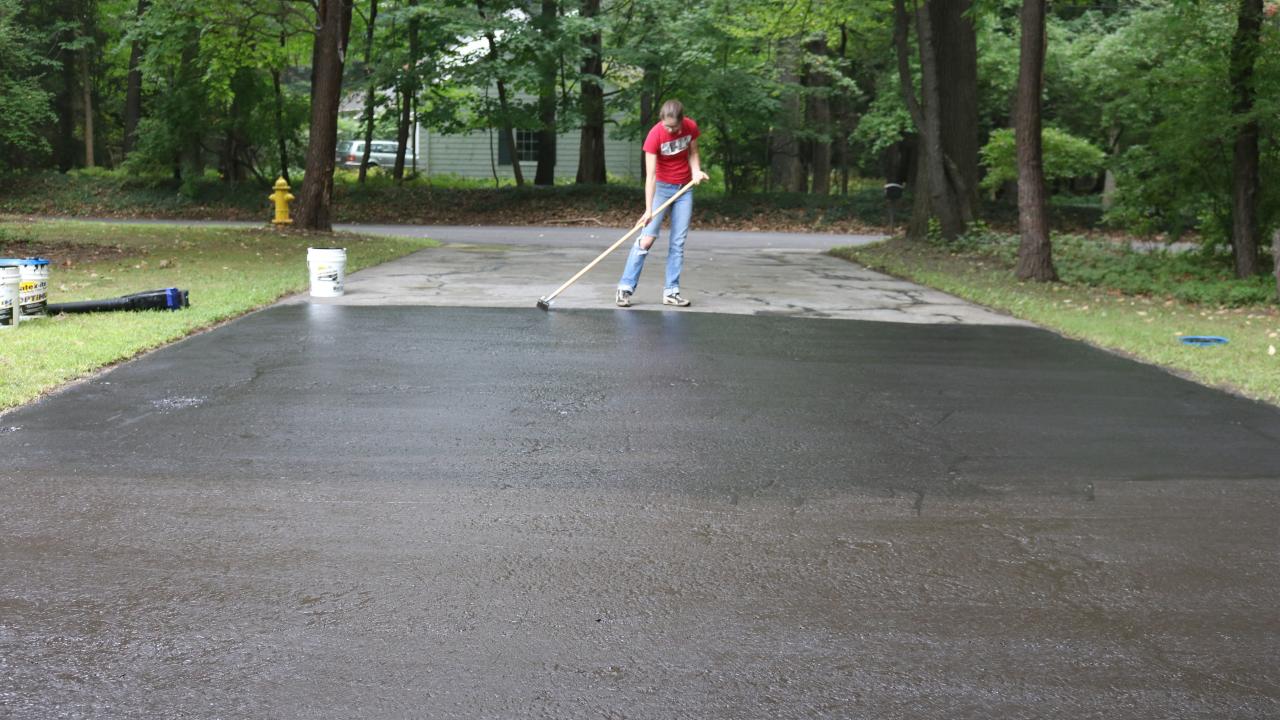

Articles
What Does Sealing A Driveway Do
Modified: February 17, 2024
Learn about the benefits of sealing your driveway with our informative articles. Protect and prolong the lifespan of your driveway with expert tips and advice.
(Many of the links in this article redirect to a specific reviewed product. Your purchase of these products through affiliate links helps to generate commission for Storables.com, at no extra cost. Learn more)
Introduction
Welcome to the world of driveways! Whether you have a concrete or asphalt driveway, you know that it’s an essential part of your property. It not only provides a place to park your vehicle but also serves as an entryway to your home. Over time, however, driveways can become worn out, cracked, and susceptible to damage from weather elements, vehicles, and everyday use.
This is where driveway sealing comes into play. If you haven’t heard of it before, don’t worry – we’re here to enlighten you. In this article, we’ll explore the benefits of driveway sealing, the protection it offers, and how you can seal your driveway to ensure its longevity and appearance.
Driveway sealing is a process of applying a protective coating to the surface of your driveway. This coating acts as a barrier between your driveway and external factors, such as UV rays, water, oil leaks, and harsh weather conditions. By sealing your driveway, you create a protective shield that helps to prevent damage and extend its lifespan.
So, you might be wondering, what exactly are the benefits of driveway sealing? Let’s dive into the details.
Key Takeaways:
- Driveway sealing provides a protective barrier against water, UV rays, and oil spills, preventing damage and enhancing the appearance of your driveway. It also reduces weed growth and increases the longevity of your driveway, making it a worthwhile investment in preserving your property.
- Proper preparation, application, and curing of the sealant are essential for effective driveway sealing. Choosing the right sealant, cleaning the surface, and allowing sufficient drying and curing time are crucial steps in ensuring long-lasting protection and a visually appealing driveway.
Read more: How To Seal A Driveway
What is driveway sealing?
Driveway sealing is the process of applying a protective coating to the surface of your driveway. This coating is typically made of a sealant material that forms a durable layer over the driveway, providing numerous benefits. The primary goal of driveway sealing is to protect the driveway from damage caused by various factors, including weather, vehicle traffic, and everyday wear and tear.
There are different types of sealants available for driveway sealing, including asphalt-based sealants and acrylic-based sealants. Asphalt-based sealants are commonly used for asphalt driveways, while acrylic-based sealants are suitable for both concrete and asphalt driveways.
The sealant forms a protective barrier on the surface of the driveway, preventing water penetration, UV damage, oil leaks, and other types of stains. By sealing the driveway, you create a shield that helps to extend its life, enhance its appearance, and protect your investment.
Driveway sealing also plays a crucial role in preventing the formation of cracks and potholes. Over time, driveways can develop cracks due to the expansion and contraction caused by temperature changes. By sealing the driveway, you minimize the chances of water seeping into these cracks and causing further damage.
Additionally, driveway sealing can help prevent the growth of weeds, grass, and other vegetation in the cracks and crevices of the driveway. When the driveway is sealed, it becomes less porous, making it difficult for plants to take root and grow. This not only maintains the aesthetics of the driveway but also reduces the need for frequent maintenance and weed removal.
Overall, driveway sealing is a vital maintenance step that keeps your driveway in optimal condition. Whether you have an asphalt or concrete driveway, sealing it on a regular basis can significantly enhance its durability, appearance, and longevity.
Benefits of driveway sealing
Driveway sealing offers numerous benefits that go beyond just protecting your driveway. Let’s take a closer look at some of the key advantages of sealing your driveway:
- Protection against damage: One of the primary benefits of driveway sealing is protecting your driveway from various types of damage. The sealant acts as a barrier, preventing water, oil leaks, and other substances from penetrating the surface of the driveway. This helps to minimize the risk of cracks, potholes, and other forms of damage.
- Enhanced appearance: Sealing your driveway can significantly improve its appearance. The sealant adds a fresh, clean look to the surface and restores the original color of your driveway. It also fills in minor cracks and imperfections, giving your driveway a smooth and uniform look.
- Increased longevity: By sealing your driveway, you can extend its lifespan. The protective layer provided by the sealant helps to prevent damage from UV rays, freeze-thaw cycles, and chemical spills. This slows down the aging process of the driveway, ensuring that it remains in good condition for a longer period.
- Prevention of weeds and grass growth: Sealing your driveway reduces its porosity, making it more difficult for weeds, grass, and other vegetation to take root and grow. This eliminates the need for frequent weed removal and keeps your driveway looking neat and well-maintained.
- Improved traction: A sealed driveway typically offers better traction, especially during rainy or snowy weather. The sealant improves the surface texture of the driveway, reducing the risk of slips and falls. This is particularly important if you have elderly individuals or young children who frequently use the driveway.
- Cost-effective maintenance: Regular driveway sealing can save you money in the long run. By preventing major damage and extending the lifespan of your driveway, you can avoid expensive repairs or even complete driveway replacement. Investing in driveway sealing is a cost-effective way to protect your driveway and preserve its value.
Overall, driveway sealing is a wise investment that offers a range of benefits. It not only protects your driveway from damage and enhances its appearance but also increases its longevity and reduces the need for costly repairs. By incorporating driveway sealing into your regular maintenance routine, you can ensure that your driveway remains in top condition for years to come.
Protection against damage
One of the primary benefits of driveway sealing is the protection it provides against various forms of damage. Your driveway is constantly exposed to environmental factors that can cause deterioration and compromise its structural integrity. By sealing your driveway, you create a protective barrier that helps to minimize these risks and maintain the longevity of your investment.
One of the main culprits of driveway damage is water. When water seeps into the pores of your driveway, it can cause cracks and erosion over time. This is especially common in regions with freeze-thaw cycles, where water freezes and expands, further weakening the driveway’s surface. The sealant applied during driveway sealing acts as a waterproof barrier, preventing water from penetrating the surface and reducing the risk of damage from moisture.
Another common source of damage is oil leaks and spills. Whether it’s from your own vehicle or a visitor’s, oil can seep into the driveway’s surface and cause unsightly stains. Not only do these stains detract from the appearance of your driveway, but they can also lead to chemical reactions that break down the asphalt or concrete. With a sealant in place, oil is less likely to penetrate the surface and can be easily cleaned up before it causes significant damage.
UV rays from the sun can also cause damage to your driveway over time. Continuous exposure to sunlight can lead to fading, discoloration, and surface degradation. The sealant acts as a protective barrier against UV rays, effectively minimizing the effects of sun damage and preserving the color and integrity of your driveway.
In regions with harsh winters, ice and snow can wreak havoc on driveways. The freeze-thaw cycle can cause cracks and potholes to form, leading to further deterioration. By sealing your driveway, you create a barrier that helps to prevent water from seeping into existing cracks and exacerbating the damage.
Overall, driveway sealing provides an extra layer of protection against a wide range of damaging elements. It helps to maintain the structural integrity of your driveway, preventing cracks, erosion, and other forms of deterioration. By investing in driveway sealing, you can significantly extend the lifespan of your driveway and reduce the need for costly repairs in the future.
Enhanced appearance
In addition to its protective benefits, driveway sealing can greatly enhance the overall appearance of your driveway. Over time, the constant exposure to sunlight, weather elements, and vehicle traffic can cause your driveway to become worn-out and develop unsightly cracks and stains. However, by sealing your driveway, you can restore its beauty and give it a fresh, clean look.
One of the immediate visual benefits of driveway sealing is the restoration of the driveway’s original color. Over time, driveways can fade due to UV exposure, making them appear dull and lackluster. The sealant acts as a rejuvenating agent, bringing back the vibrant color of your driveway and giving it a like-new appearance.
Furthermore, driveway sealing fills in minor cracks, imperfections, and surface irregularities. This creates a smoother and more uniform surface, enhancing the overall aesthetic appeal of your driveway. The sealant acts as a leveling agent, making your driveway look well-maintained and professional.
Not only does driveway sealing improve the appearance of your driveway, but it also helps to keep it looking cleaner for longer. The sealant creates a protective barrier that makes it easier to remove dirt, oil spills, and other stains from the surface of your driveway. This means less time and effort spent on cleaning and maintenance, allowing your driveway to maintain its pristine appearance.
A visually appealing driveway can also have a positive impact on the overall curb appeal of your property. As the entryway to your home, the driveway plays a significant role in creating a first impression. A well-maintained and attractive driveway can enhance the overall value and appeal of your property, making it more desirable to potential buyers and visitors.
Whether you’re planning to sell your home or simply want to create a welcoming atmosphere, driveway sealing can make a world of difference in the appearance of your property. It not only restores the beauty of your driveway but also enhances the overall aesthetic appeal of your entire home.
In summary, driveway sealing not only provides protection but also improves the visual appeal of your driveway. It restores the original color, fills in cracks, and creates a smoother surface, giving your driveway a fresh and attractive look. By investing in driveway sealing, you can boost the curb appeal of your property and create a lasting impression.
Read more: How Often Do You Seal Your Driveway
Increased longevity
When it comes to driveways, durability and longevity are key considerations. You want your driveway to withstand the test of time and continue to serve its purpose for many years to come. This is where driveway sealing plays a crucial role in extending the lifespan of your driveway.
By applying a protective sealant to your driveway, you create a barrier that shields the surface from various damaging elements. One of the primary culprits of driveway deterioration is water. When water seeps into the pores of your driveway, it can lead to cracks, erosion, and the overall weakening of the pavement. Over time, this can result in the need for costly repairs or even driveway replacement.
However, by sealing your driveway, you minimize the risk of water penetration and subsequent damage. The sealant acts as a waterproof barrier, preventing water from seeping into the pores and causing cracks. It also helps to minimize the impact of freeze-thaw cycles, particularly in regions with harsh winters, where water freezing and expanding in cracks can cause further damage.
In addition to water protection, driveway sealing also provides a defense against UV rays from the sun. Continuous exposure to sunlight can lead to fading, discoloration, and surface degradation of your driveway. The sealant acts as a protective layer, reducing the impact of UV rays and helping to preserve the color and integrity of your driveway for a longer period.
Another benefit of driveway sealing is its ability to prevent the growth of weeds and vegetation. When your driveway is well-sealed, it becomes less porous and less susceptible to weed and grass growth in cracks and crevices. This not only maintains the aesthetics of your driveway but also helps to prevent further damage caused by vegetation roots.
With regular maintenance and periodic resealing, you can significantly extend the lifespan of your driveway. By investing in driveway sealing, you are protecting your investment and minimizing the need for costly repairs or driveway replacement in the future.
Ultimately, the increased longevity of your driveway translates into cost savings, as you can avoid the expenses associated with extensive repairs and reconstruction. By taking proactive measures to protect your driveway through sealing, you can enjoy a functional and visually appealing driveway for many years to come.
Prevention of weeds and grass growth
One of the common challenges faced by homeowners with driveways is the persistent growth of weeds and grass in the cracks and crevices. Not only does this detract from the overall appearance of your driveway, but it can also lead to further damage if left unchecked. Fortunately, driveway sealing can effectively prevent the growth of weeds and grass, saving you time and effort in upkeep.
When your driveway is unsealed, it is more porous and allows for the easy penetration of weed seeds and grass roots. These seeds and roots can take hold in the cracks and crevices of the driveway, growing rapidly and causing the surface to become uneven and unsightly. Removing these weeds and grass requires regular maintenance, including pulling and spraying them with weed killers.
However, by sealing your driveway, you significantly reduce its porosity, making it less hospitable for weed and grass growth. The sealant creates a barrier on the surface, preventing weed seeds and grass roots from finding a foothold in the cracks and crevices of your driveway. This barrier makes it much more difficult for vegetation to take root, effectively reducing or eliminating weed and grass growth altogether.
Not only does driveway sealing prevent weed and grass growth, but it also simplifies maintenance. With fewer weeds and grass to contend with, you’ll spend less time pulling and treating these unwanted plants. This means more time to enjoy your driveway and less time spent on tedious maintenance tasks.
Preventing weed and grass growth also has practical benefits. When unchecked, weed and grass roots can further damage the driveway’s surface, exacerbating existing cracks and causing unevenness. By sealing your driveway and halting weed and grass growth, you help maintain the structural integrity and smoothness of the surface.
Furthermore, preventing weed and grass growth contributes to the aesthetic appeal of your driveway. A weed-free and well-maintained driveway enhances the overall curb appeal of your home. It creates a clean and inviting entrance, boosting the overall visual appeal of your property.
In summary, driveway sealing plays a significant role in preventing the growth of weeds and grass in your driveway. By reducing its porosity and creating a barrier, the sealant deter weed seeds and grass roots from taking root, ultimately minimizing the need for frequent maintenance and preserving the overall appearance and condition of your driveway.
Sealing a driveway helps to protect it from water damage, UV rays, and oil spills, extending its lifespan and reducing the need for costly repairs. It also enhances the appearance of the driveway.
How to seal a driveway
Sealing your driveway is a relatively straightforward process that can be done by following a few simple steps. Here’s a general guide on how to seal a driveway:
- Choose the right sealant: There are different types of sealants available, depending on the type of driveway you have. Asphalt-based sealants are typically used for asphalt driveways, while acrylic-based sealants can be used for both concrete and asphalt driveways. Choose a high-quality sealant that suits your specific needs.
- Prepare the driveway: Start by cleaning the driveway thoroughly. Remove any debris, dirt, oil stains, and vegetation. Use a broom, leaf blower, or pressure washer to ensure a clean surface. If there are any cracks or potholes, consider repairing them before sealing the driveway.
- Apply the sealant: Before applying the sealant, carefully read and follow the manufacturer’s instructions. Begin by pouring the sealant into a clean, empty bucket. Use a long-handled roller or brush to apply the sealant to the driveway, working in small sections. Ensure even coverage and avoid leaving puddles or excess sealant in one area.
- Smooth out the sealant: After applying the sealant, use a squeegee or brush to spread and smooth it out evenly. This helps to ensure that the sealant is properly distributed and fills any cracks or uneven areas in the driveway. Work in a back-and-forth motion, overlapping each stroke for consistent coverage.
- Allow curing and drying time: Once you have finished applying the sealant, allow it to cure and dry according to the manufacturer’s instructions. This usually takes anywhere from 24 to 48 hours, depending on the weather conditions. Keep vehicles and foot traffic off the driveway during this time to allow for proper drying.
- Maintain the sealant: Regular maintenance is key to preserving the effectiveness of the sealant. Keep your driveway clean by sweeping away debris and promptly treating any oil spills or stains. Consider resealing the driveway every few years, or as recommended by the manufacturer, to maintain its protective properties.
Remember, it’s important to follow the specific instructions provided by the sealant manufacturer for the best results. Different sealant products may have slight variations in application techniques and drying times.
Sealing your driveway is a worthwhile investment that helps to protect it against damage and extend its lifespan. By following these steps and maintaining proper care, you can enjoy a well-sealed and visually appealing driveway for years to come.
Choosing the right sealant
Choosing the right sealant for your driveway is crucial to ensure the best results and long-term protection. There are several factors to consider when selecting a sealant, including the type of driveway you have and your specific needs. Here are some key considerations to help you choose the right sealant:
- Type of driveway: Determine whether you have an asphalt or concrete driveway, as this will influence the type of sealant you need. Asphalt-based sealants are specifically designed for asphalt driveways, while acrylic-based sealants can be used on both concrete and asphalt surfaces. Using the appropriate type of sealant ensures compatibility and optimal performance.
- Sealant composition: Look for a high-quality sealant that offers durability and long-lasting protection. Consider sealants that are formulated with additives to resist UV rays, oil spills, water penetration, and other damaging elements. This will help to ensure that your driveway remains protected against common causes of damage.
- Application method: Consider how you plan to apply the sealant. Some sealants come in liquid form and require a brush or roller for application, while others are available in aerosol cans for easy spray-on application. Choose a sealant that suits your preferred method of application and convenience.
- Drying time and cure period: Pay attention to the drying time and cure period specified by the manufacturer. These can vary depending on weather conditions and the specific sealant formula. Opt for a sealant that offers a reasonable drying time and cure period to ensure proper bonding and effectiveness.
- Manufacturer’s reputation: Research reputable sealant manufacturers known for producing high-quality products. Read customer reviews and recommendations to gauge their reputation in the market. A trusted manufacturer is more likely to offer reliable and effective sealant options.
- Budget considerations: Consider your budget when selecting a sealant. While it’s important not to compromise on quality, there are sealants available at different price points. Compare prices and consider the coverage each sealant offers to make an informed decision that aligns with your budget.
It’s worth noting that consulting with professionals or seeking expert advice can also help you choose the best sealant for your specific driveway needs. They can provide guidance based on their experience and knowledge of different sealant products.
Remember, selecting the right sealant is a critical step in ensuring the long-term protection of your driveway. By choosing a high-quality sealant that is compatible with your driveway type and meets your specific requirements, you can maximize the benefits of sealing and enjoy a well-protected and visually appealing driveway for years to come.
Preparing the driveway
Proper preparation of the driveway is key to ensure that the sealant adheres effectively and provides optimum protection. Here are the steps to follow when preparing your driveway for sealing:
- Clean the surface: Start by thoroughly cleaning the driveway surface. Remove any debris, loose dirt, leaves, or vegetation. Use a broom, leaf blower, or pressure washer to remove stubborn dirt and grime. A clean surface is essential for proper adhesion of the sealant.
- Remove oil stains: If there are any oil stains on the driveway, it’s important to treat and clean them before applying the sealant. Use a degreaser or an oil stain remover specifically designed for driveways. Follow the instructions provided by the manufacturer to effectively eliminate the stains.
- Repair cracks and potholes: Inspect your driveway for any cracks or potholes and address them before sealing. Fill in small cracks with a crack filler or patching compound. For larger cracks or potholes, consider using a concrete or asphalt patching material. Follow the manufacturer’s instructions for proper application and drying time.
- Allow ample drying time: After applying crack fillers or patching compounds, allow sufficient time for them to cure and dry. This is important to ensure that the repaired areas are sturdy and level before applying the sealant. Look for guidelines provided by the manufacturer for the recommended drying time.
- Check for surface irregularities: Before applying the sealant, inspect the driveway for any surface irregularities. Look for areas that may require additional cleaning or smoothing, such as bumps, uneven patches, or rough spots. Smooth out these areas to create a uniform surface for the best sealant application.
- Protect surrounding areas: Take precautions to protect the surrounding areas of your driveway during the sealing process. Use plastic sheeting or tape to cover any adjacent surfaces, walls, or landscaping features that you want to keep clean and free from accidental sealant overspray.
By properly preparing your driveway, you create an optimal surface for the sealant application. Cleaning the driveway, removing oil stains, repairing cracks, and ensuring a smooth and even surface help to ensure that the sealant adheres properly and provides effective protection.
Remember, each driveway may have unique requirements, so it’s essential to consult the sealant manufacturer’s instructions for any specific recommendations or additional steps. By taking the time to prepare your driveway properly, you’ll set the stage for a successful sealant application and maximize the benefits of driveway sealing.
Applying the sealant
Applying the sealant to your driveway is a crucial step in the process of sealing, as it creates a protective barrier that enhances the durability and longevity of the surface. Here’s a step-by-step guide on how to apply the sealant:
- Read the manufacturer’s instructions: Before you begin, carefully read and follow the instructions provided by the sealant manufacturer. Different sealants may have specific application guidelines, so it’s important to familiarize yourself with them.
- Choose the right weather conditions: Select a day when the weather is dry and mild. Avoid applying the sealant during extreme heat or cold, as it can affect the drying and curing process. Ideally, the temperature should be between 50-90°F (10-32°C).
- Stir the sealant: If the sealant comes in a container, thoroughly stir it using a stir stick or a paint mixing attachment for a drill. Properly mixing the sealant ensures that any settled particles or additives are evenly distributed.
- Pour the sealant into a clean bucket: Transfer the sealant from the container into a clean bucket for easier application. This will prevent contamination and allow for better control during the sealing process.
- Apply the sealant in sections: Work in manageable sections to ensure even coverage and prevent the sealant from drying out too quickly. Start at one end of the driveway and work your way towards the other end. This will ensure a consistent and uniform application.
- Use a brush or roller: Depending on the type of sealant and your preference, apply the sealant using a brush or roller. Make sure the brush or roller is clean and suitable for the type of sealant you are using.
- Apply an even layer: Dip the brush or roller into the sealant and apply an even layer to the surface of the driveway. Use smooth, overlapping strokes to ensure consistent coverage. Avoid applying the sealant too thickly, as it may create puddles or take longer to dry.
- Work quickly: Most sealants have a relatively short working time, so it’s important to work quickly and efficiently. Focus on one section at a time to ensure that the sealant is applied before it starts to dry.
- Pay attention to edges and corners: Be mindful of edges, corners, and hard-to-reach areas of the driveway. Use a brush or smaller roller to apply the sealant in these areas, ensuring they receive the same level of protection as the rest of the surface.
- Clean up any excess sealant: After applying the sealant to the entire driveway, inspect the surface for any excess sealant or drips. Use a putty knife or clean cloth to carefully remove any excess sealant to achieve a clean and professional finish.
Remember to follow the sealant manufacturer’s recommendations regarding drying time and curing period. It is crucial to allow sufficient time for the sealant to dry and cure properly before allowing foot or vehicle traffic on the driveway. This usually takes between 24 to 48 hours, depending on the sealant and weather conditions.
By following these steps and taking the necessary precautions, you can effectively apply the sealant to your driveway, providing it with the protection it needs to withstand the elements and maintain its pristine condition for years to come.
Curing and drying time
After applying the sealant to your driveway, it’s important to allow sufficient time for it to cure and dry. The curing and drying period ensures that the sealant forms a strong bond with the driveway surface and provides optimal protection. Here’s what you need to know about curing and drying time:
Drying time: The drying time refers to the period it takes for the sealant to dry on the surface of the driveway. This time can vary depending on the type of sealant, weather conditions, and thickness of the applied layer. On average, the drying time can range between 24 to 48 hours. However, it’s crucial to refer to the specific instructions provided by the sealant manufacturer, as different products may have different drying time recommendations.
During the drying period, it’s important to keep foot and vehicle traffic off the sealed driveway. Walking or driving on the surface too soon can cause the sealant to become uneven or diminish its effectiveness. Take measures to block off the driveway and inform family members, visitors, or neighbors to avoid using the driveway until the sealant has fully dried.
Curing time: The curing time refers to the period it takes for the sealant to fully bond and harden. While the surface of the sealant may feel dry to the touch, the curing process is still ongoing beneath the surface. Curing time can vary depending on factors such as temperature, humidity, and the specific sealant formulation.
Ensure that you follow the manufacturer’s recommendations for the curing time. It’s essential to allow the sealant ample time to cure before subjecting it to heavy use or exposure to harsh conditions. Typically, the curing process can take anywhere from a few days to a few weeks. During this time, it’s advisable to avoid parking heavy vehicles or placing heavy objects on the sealed driveway to prevent indentations or damage to the newly applied sealant.
If the weather conditions are not favorable for drying or curing, it’s best to postpone the sealing process. Extreme temperatures, high humidity, or rain can affect the drying and curing time, and may compromise the effectiveness of the sealant. It’s recommended to choose a dry, mild day to seal your driveway to ensure optimal results.
Remember that proper curing and drying are essential to achieve the desired protection and longevity of the sealant. By allowing sufficient time for the sealant to cure and fully dry, you can ensure that your driveway is ready for regular use and can withstand the elements for an extended period.
Conclusion
Sealing your driveway is a vital step in protecting and maintaining its appearance and longevity. The benefits of driveway sealing cannot be overstated. It provides a protective barrier against water damage, UV rays, oil spills, and other harmful elements that can lead to cracks, erosion, and unsightly stains. Additionally, driveway sealing helps to prevent weed and grass growth and enhances the overall curb appeal of your property.
By choosing the right sealant and properly preparing your driveway, you create an optimal surface for application. Applying the sealant in a systematic manner and allowing sufficient curing and drying time ensures that the sealant forms a strong bond and provides effective protection to your driveway.
Regular driveway sealing, along with proper maintenance, can significantly extend the lifespan of your driveway and save you from costly repairs or even complete driveway replacement. It is an investment that not only enhances the durability and appearance of your driveway but also adds value to your property.
Remember that each driveway may have its unique characteristics and requirements, so it’s important to consult the specific instructions provided by the sealant manufacturer. They will provide valuable insights on the best practices for sealing your particular type of driveway.
In conclusion, driveway sealing is a worthwhile endeavor that offers a range of benefits, including protection against damage, enhanced appearance, increased longevity, and prevention of weed and grass growth. By following proper sealing techniques and regular maintenance, you can enjoy a well-protected, visually appealing driveway that will withstand the test of time.
So, don’t wait any longer – take the necessary steps to seal your driveway and experience the lasting benefits it offers. Your driveway will thank you for the extra care and attention, and you’ll be rewarded with a beautiful, functional entrance that enhances the overall appeal of your property.
Frequently Asked Questions about What Does Sealing A Driveway Do
Was this page helpful?
At Storables.com, we guarantee accurate and reliable information. Our content, validated by Expert Board Contributors, is crafted following stringent Editorial Policies. We're committed to providing you with well-researched, expert-backed insights for all your informational needs.
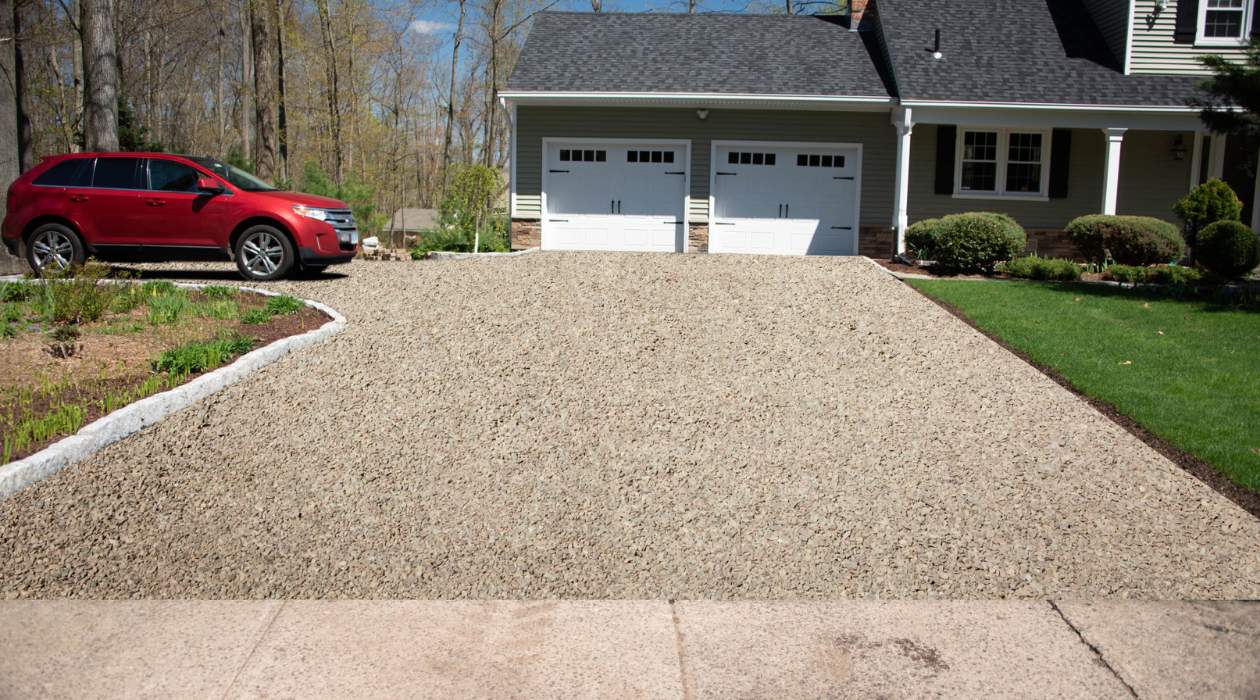
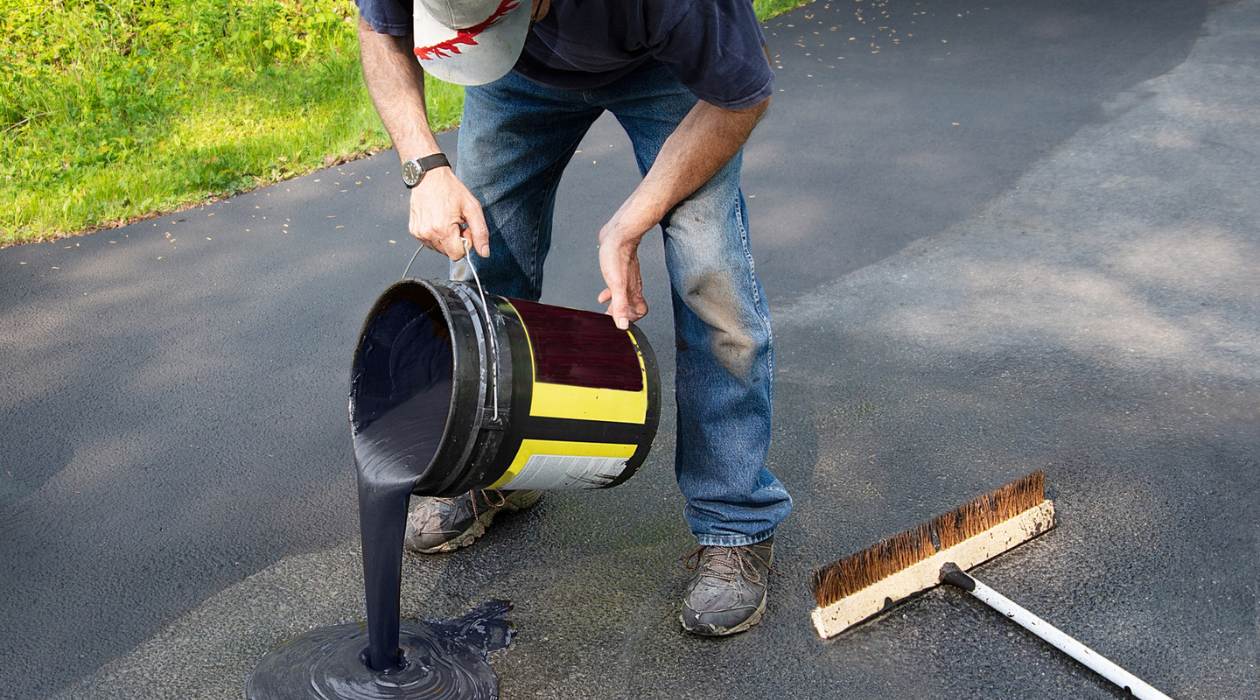
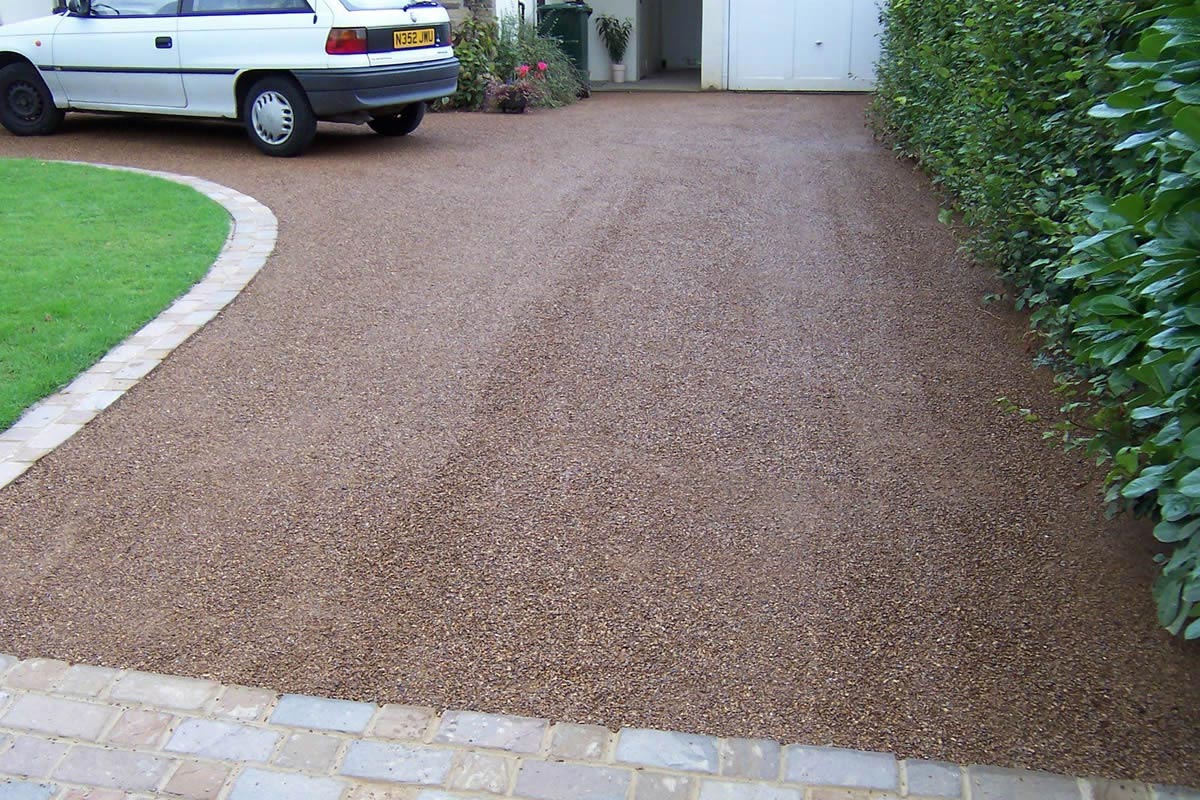
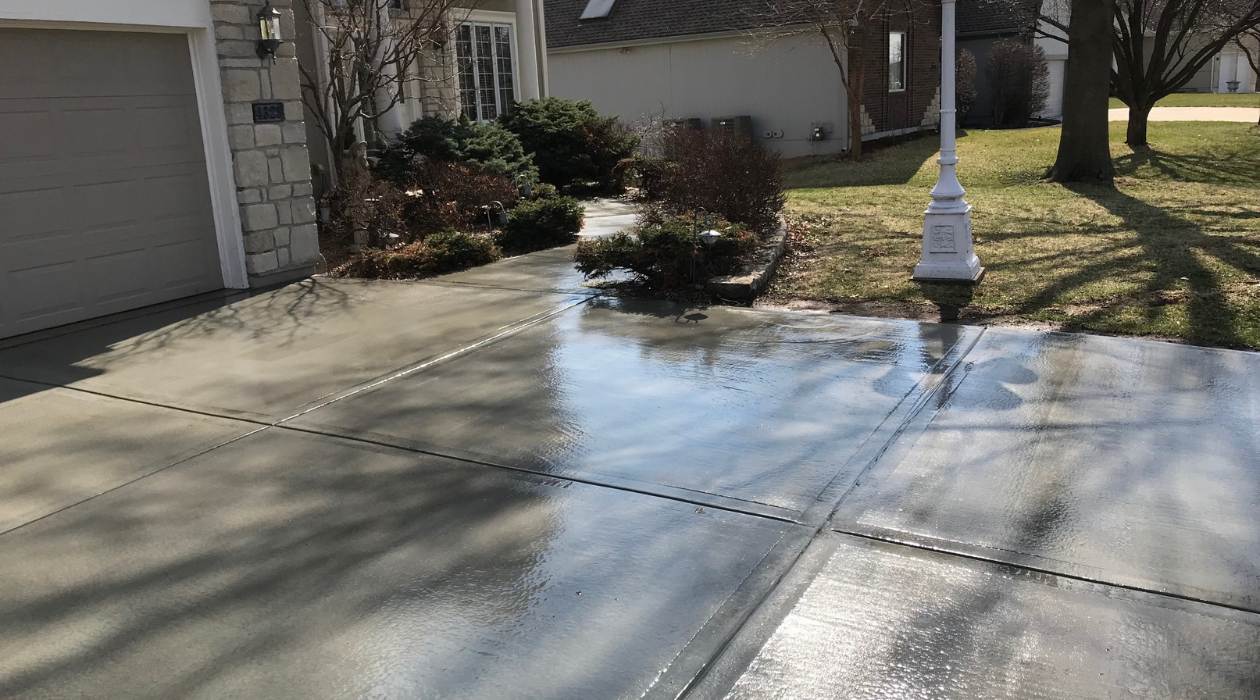
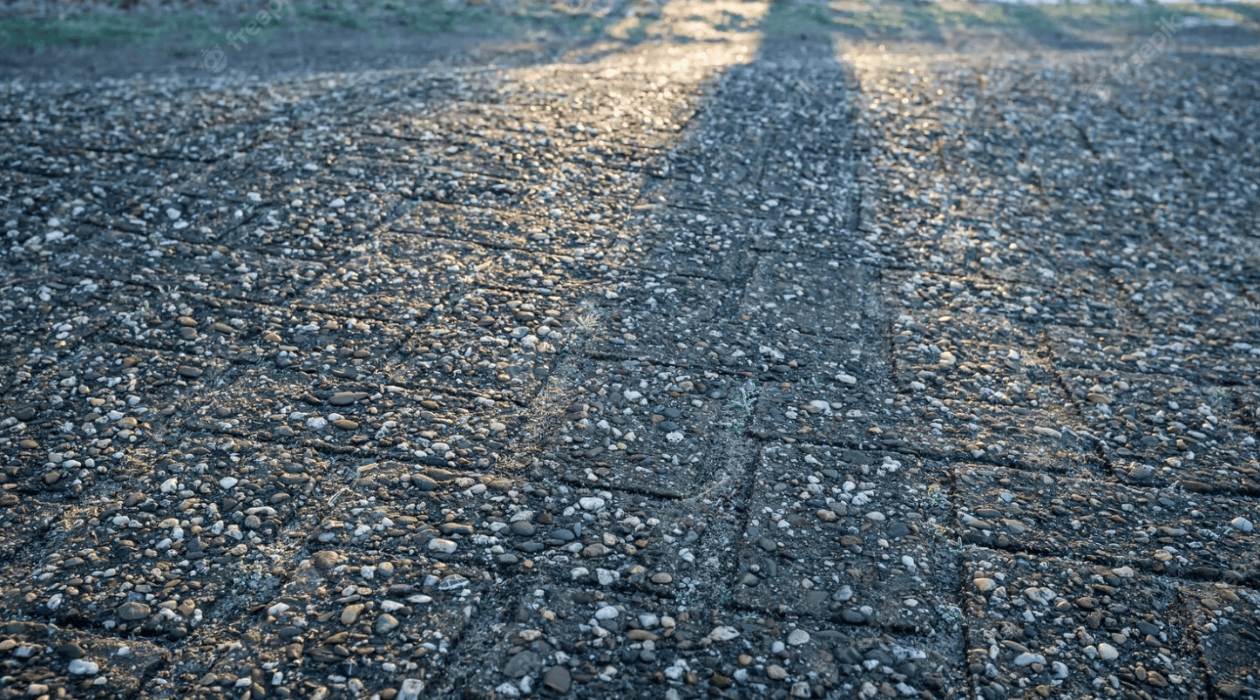
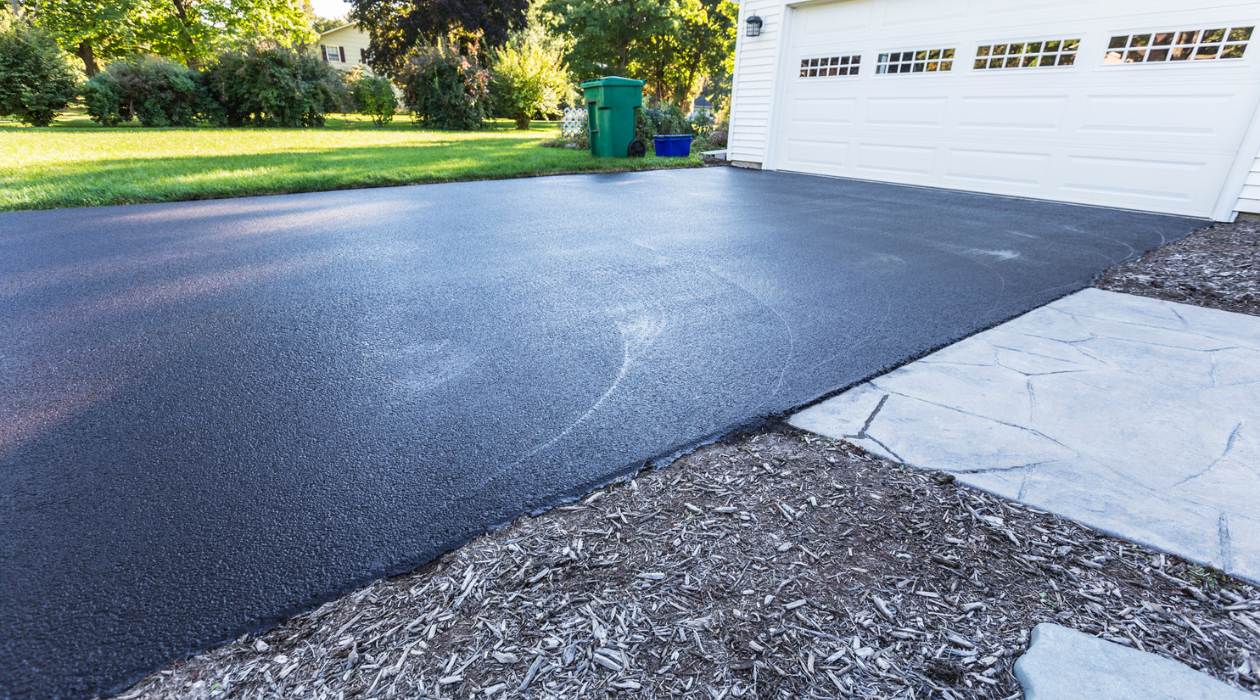
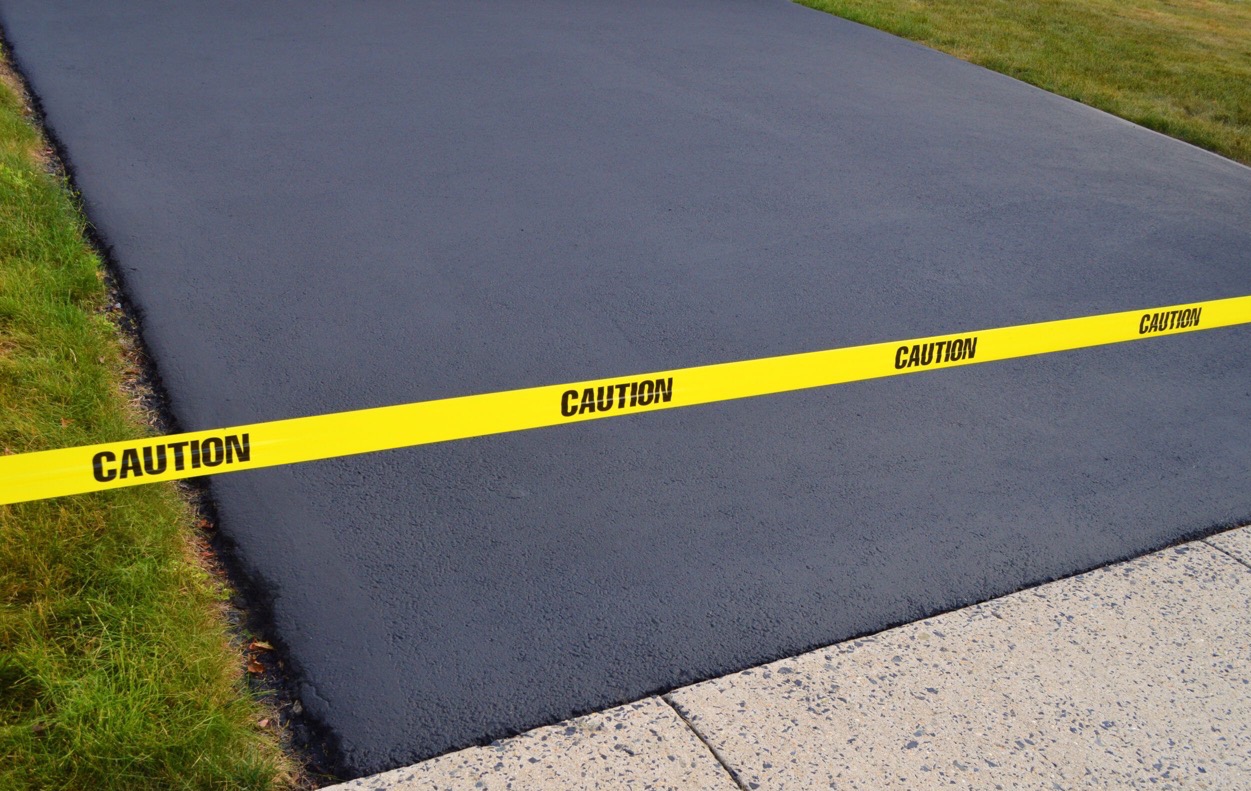
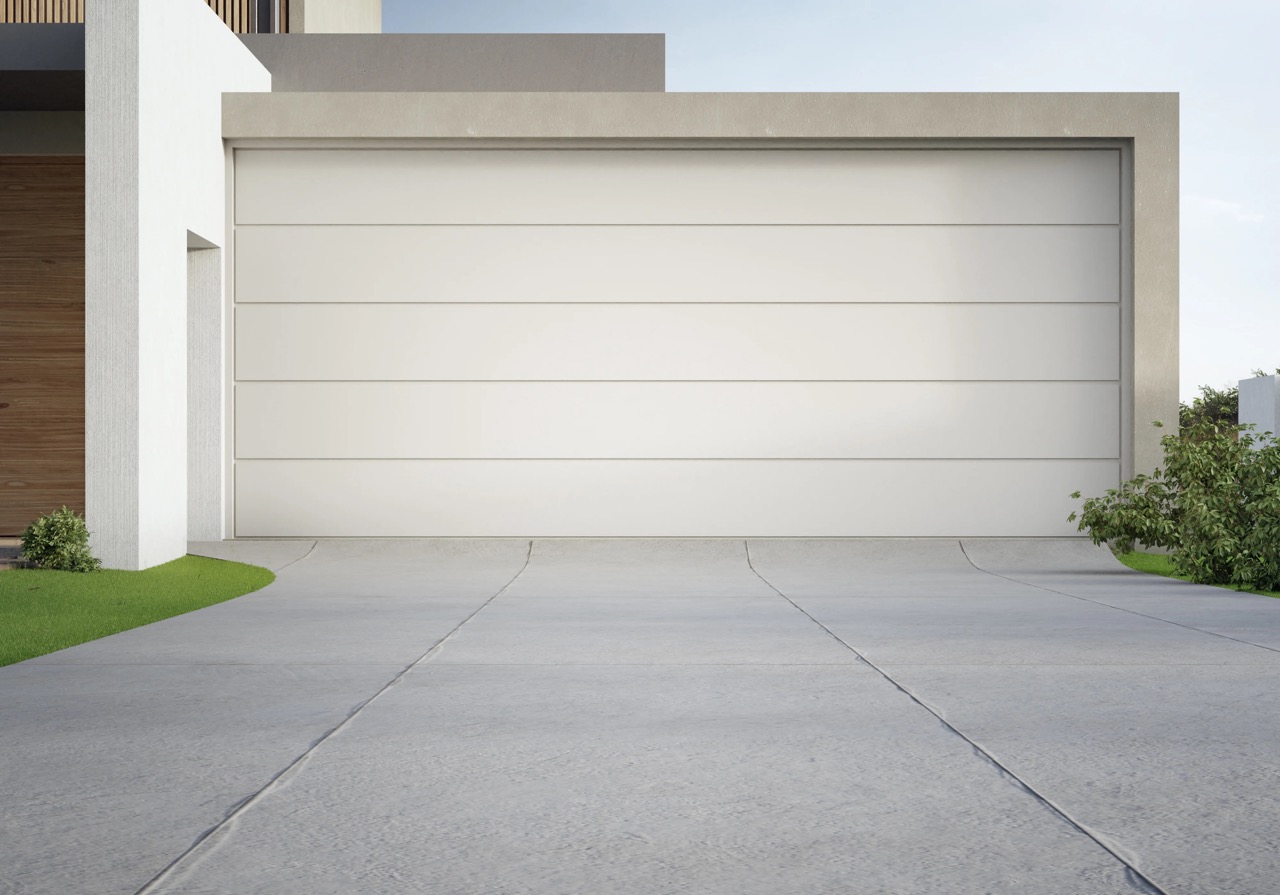
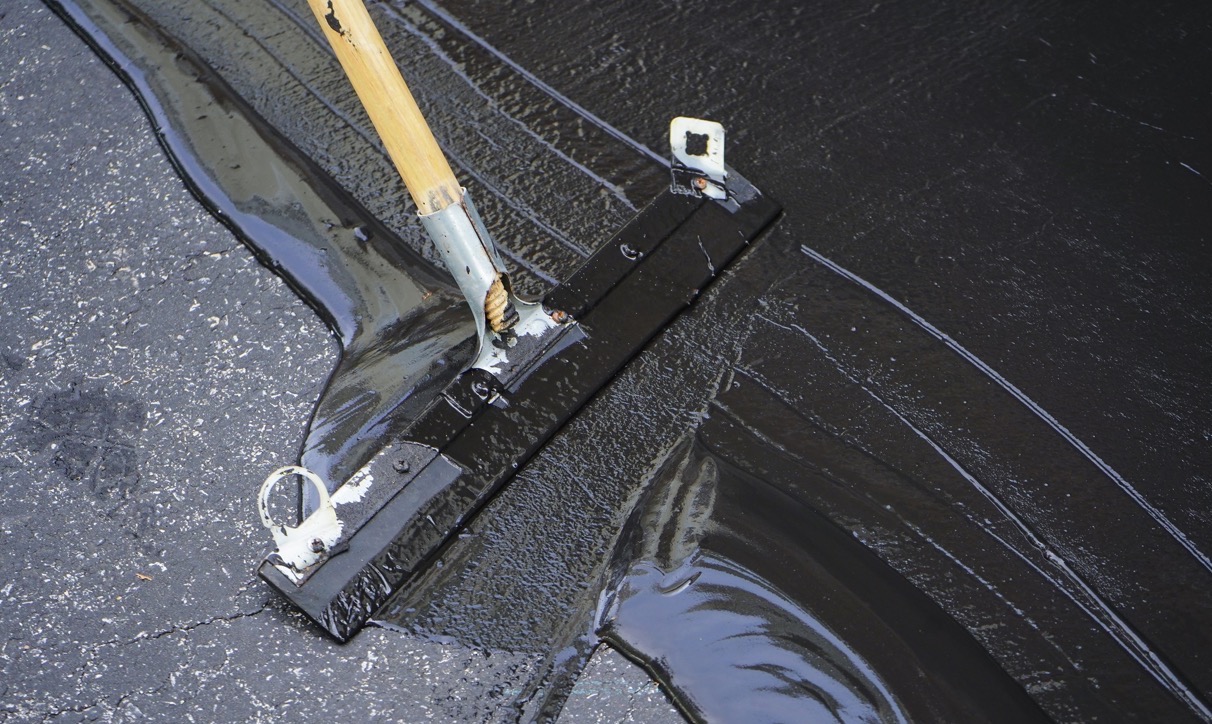
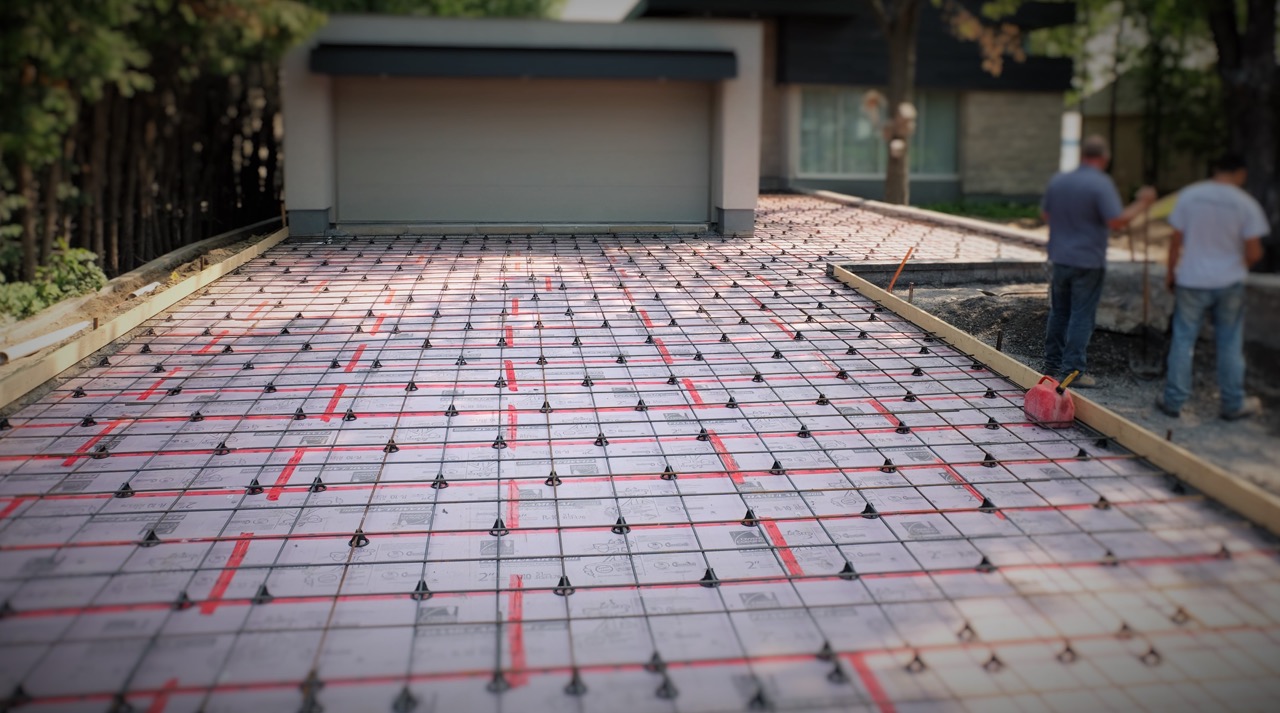
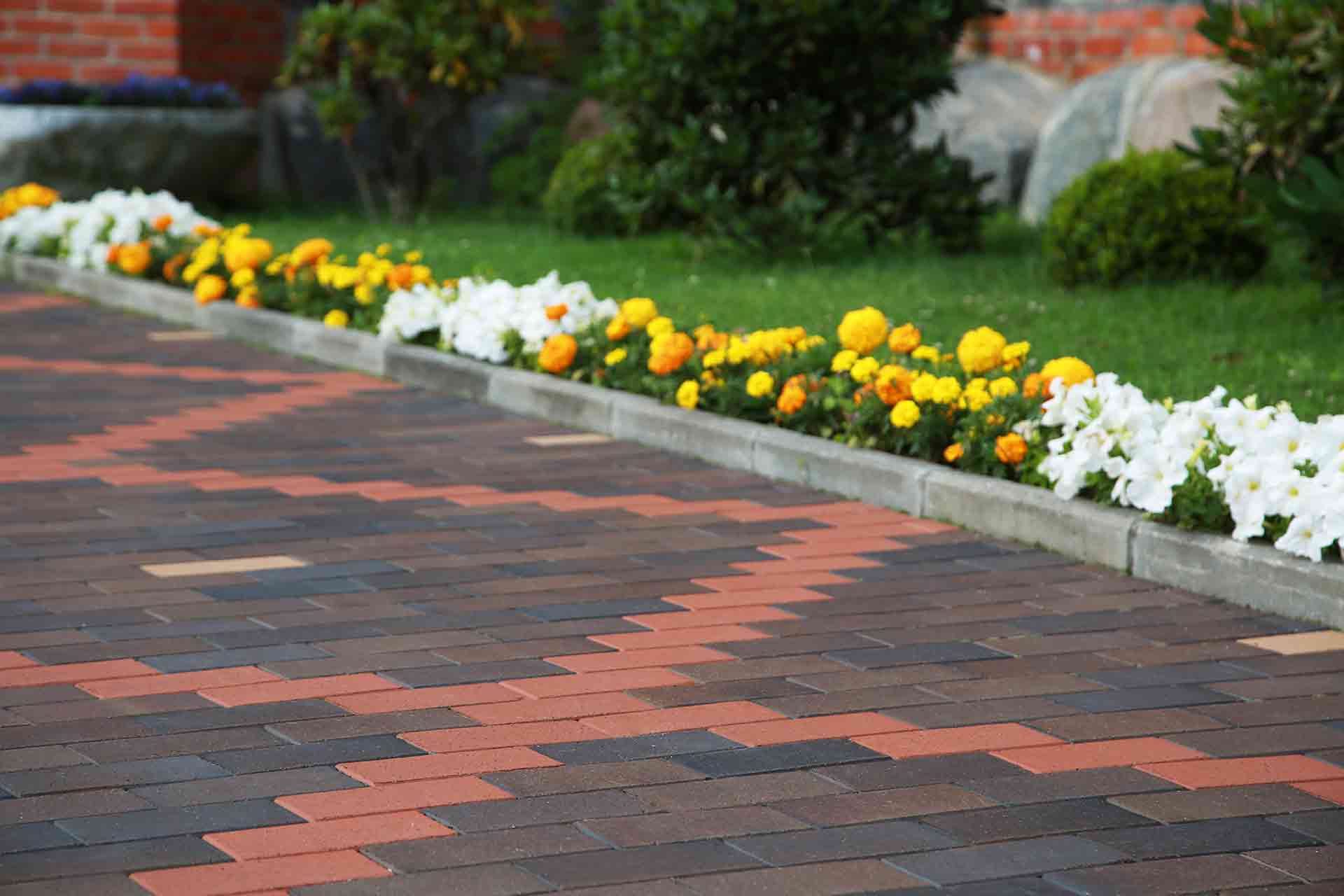
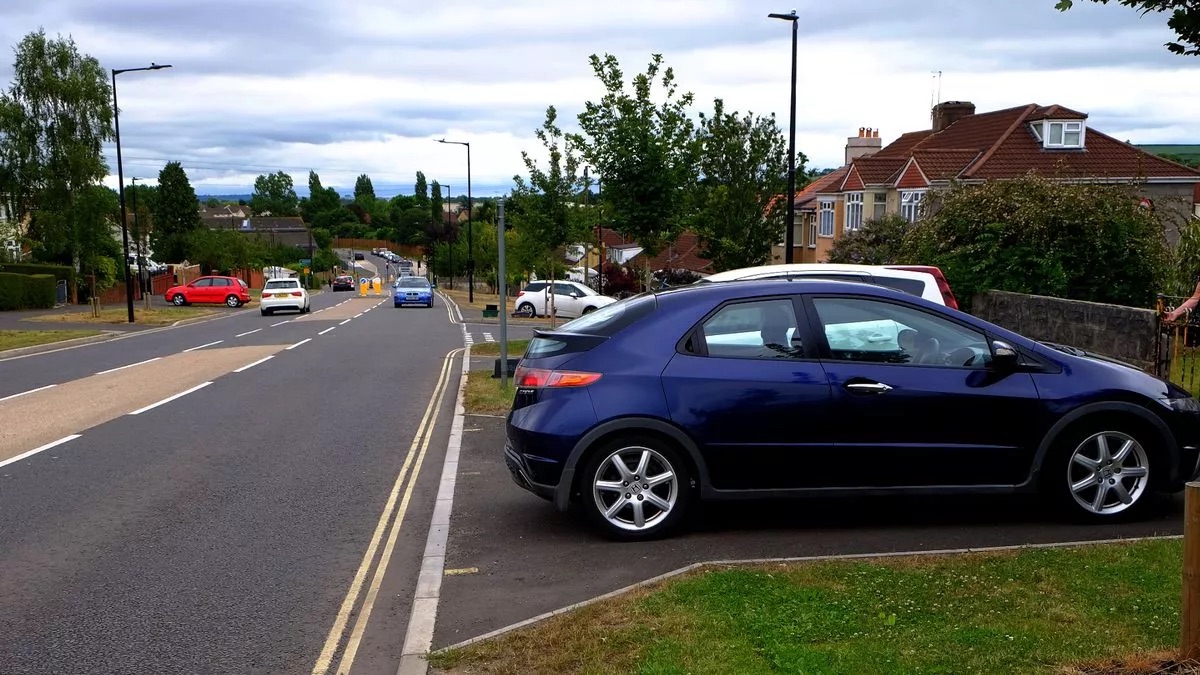
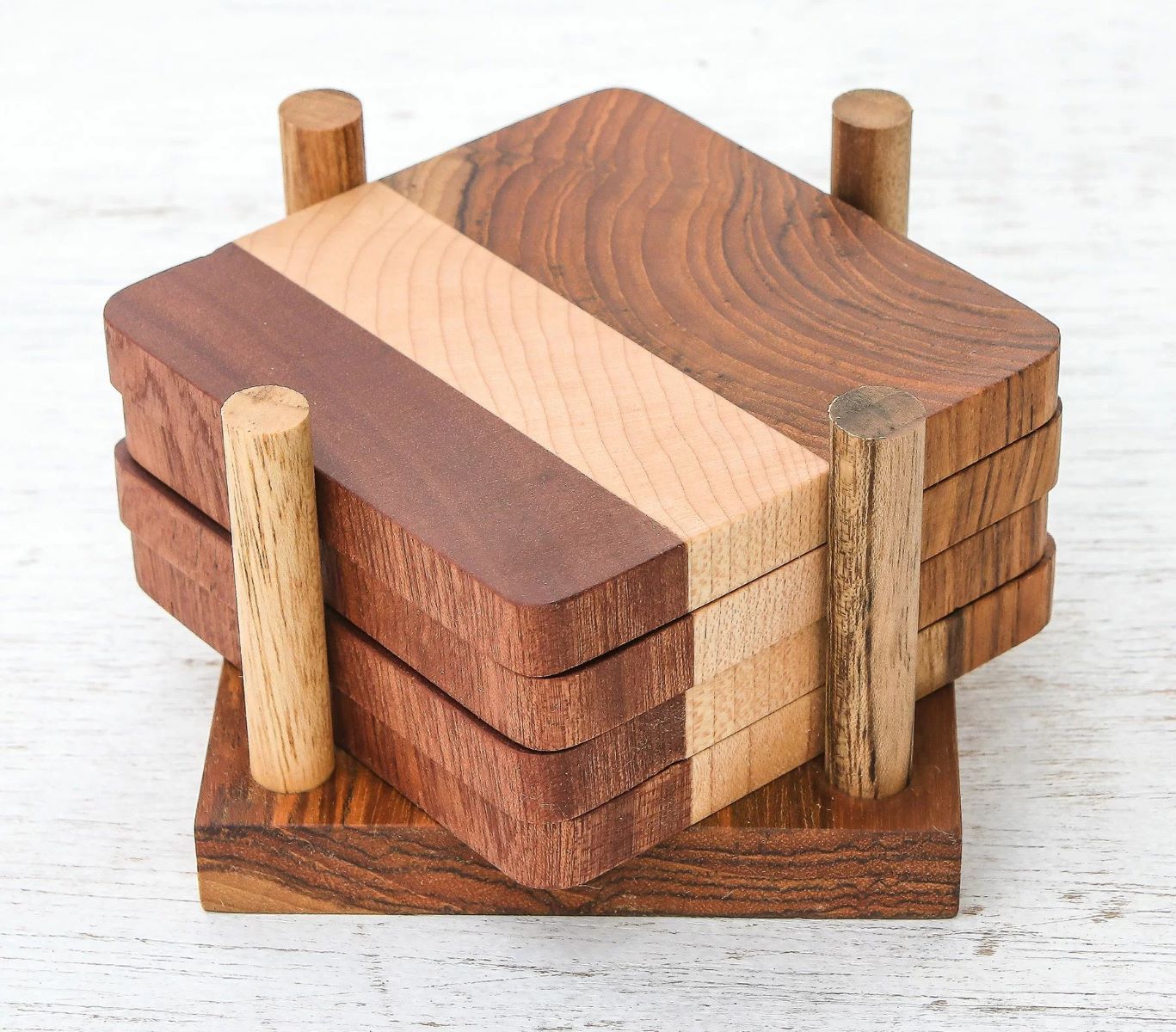

0 thoughts on “What Does Sealing A Driveway Do”